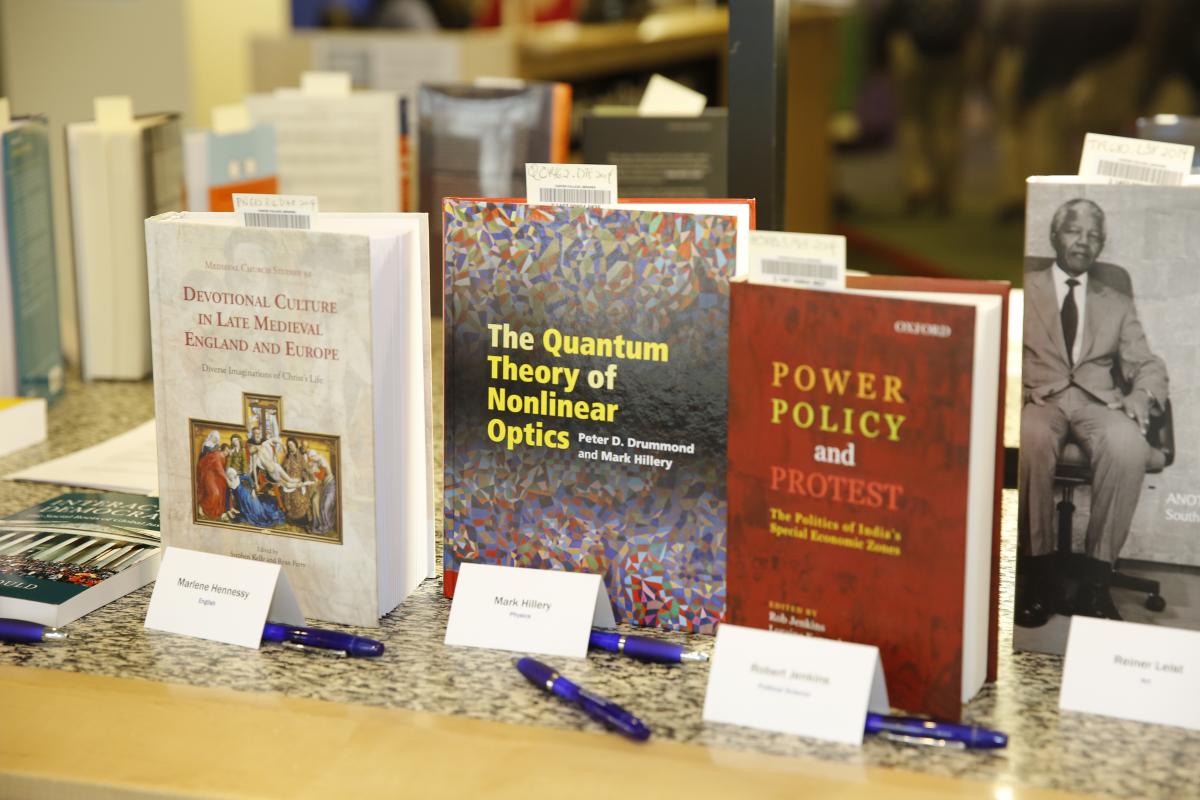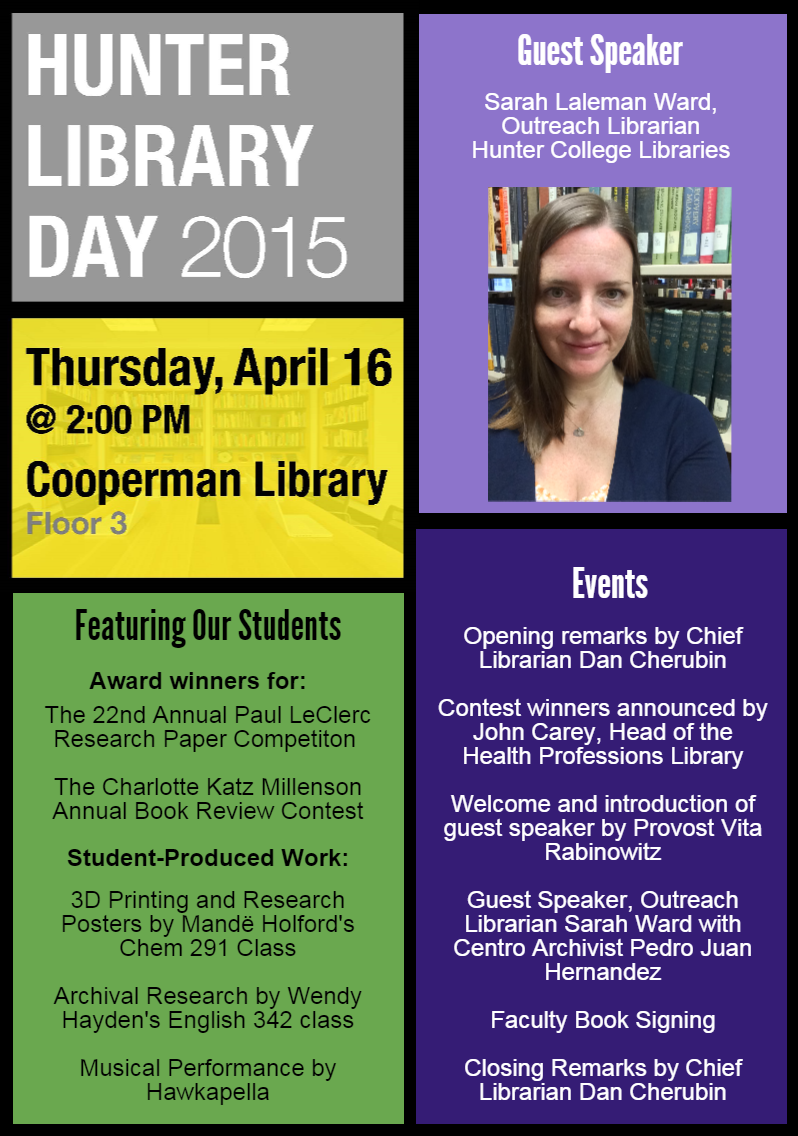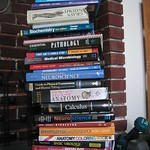By Cheryl Branche, MLS, MD and Ajatshatru (A.J.) Pathak, MLS, MPH, Health Professions Library
On Friday, April 15, 2016, approximately 15 members of the Library Association of the City University of New York (LACUNY) toured the Dag Hammarskjöld Library at the United Nations headquarters in New York City. Dr. Kanu Nagra of the Borough of Manhattan Community College and Alexandra de Luise from Queens College organized the tour. Six Hunter College librarians attended. In addition to Hunter College, Borough of Manhattan Community College, Bronx Community College, LaGuardia Community College and Queens College were represented. Ramona Kohrs, the United Nations library outreach and development coordinator, led the guests on a very interesting, useful and informative tour of the Dag Hammarskjöld Library.
The Dag Hammarskjöld Library is dedicated to serving the information needs of the member states’ delegates and the Secretariat staff. The Dag Hammarskjöld Library offers:
- Professional information research support to the United Nations community, especially the United Nations member state missions and delegates. (No members of the public are allowed to use the library facility at the United Nations. There was a little let down as we learned that the United Nations was under much more security since 9/11 and that public access was very severely restricted as was access to the library and its holdings.)
- The Dag Hammarskjöld Library offers a comprehensive collection of United Nations documentation since 1945, including print and e-resources related to the work and interests of the United Nations. The major database and the online catalog,UNBISnet, contains United Nations’ documents, speech citations since 1983 and voting records for both the Security Council and the General Assembly.
- Member States on Record includes documents related to the action of each member state at the United Nations and maybe accessed here.
- Business intelligence and journals may be found online also.
- The self-service research guides describe United Nations’ documents of the General Assembly and Security Council and include special chapters on human rights, international law, peacekeeping, environment, disarmament, and the United Nations’ budget.
Ramona Kohrs, the outreach and development coordinator of the U.N. Library, showed us the different floors of the library and explained the collections and resources of the library. First, we were introduced to the main floor of the library (i.e., second floor of library building). The main floor of the library has computer terminals, study tables, an information desk, and a rich collection of books, periodicals, and documents concerning international affairs. Materials are available in all six official languages of the United Nations (Arabic, Chinese, English, French, Russian, and Spanish).
 Photo 1: View of the second floor of the Dag Hammarskjöld Library
Photo 1: View of the second floor of the Dag Hammarskjöld Library

Photo 2: Ramona Kohrs (facing the camera), the outreach and development coordinator of the U.N. Library, speaking to CUNY Librarians about collections and resources of the 2nd floor of Dag Hammarskjöld Library.
Afterwards, we went to the map collection. The Dag Hammarskjöld Library’s map collection is extensive. The collection contains historical, contemporary, and digital maps. Many maps are government issued, some are created by the Central Intelligence Agency (CIA), and others are National Geographic maps. More than 80,000 maps from countries around the world and in different languages are stored here.
Next, we went to the basement area, which holds more than 10 million documents, including League of Nations treaties and other older items. Ramona shared that the U. N. has a photo library, an audio visual library, and an archive library. Ramona informed us that the U.N. documents after 1980 are available via online catalog. The documents before 1980 may be searched using the card catalog.

Photo 3: Ramona Kohrs showing a book to CUNY librarians in the basement floor of the library

Photo 4: Ramona Kohrs showing a picture book to CUNY librarians in the basement floor of the library.
Later, we went to the library computer lab to attend presentations given by members of U.N. library staff. The presentations were focused on client services units, research guides, Ask DAG, and the digitization features of the library. The U.N. Library is digitizing documents from 1945 to 1992 in the six official languages of the U.N. Three million of the 17 million documents have been digitized. (The library is looking for interns, who can assist with the digitization project). The presenters represented a cross-section of the world’s population. One presenter was from Norway; another from Israel, another from the United States and one from Germany. Light refreshments were served.
Finally, we went to a reading room of the U. N. Library, which housed the original card catalog.

Photo 5: A view of a Dag Hammarskjold Library reading room.

Photo 6: Photo of Hunter College librarians taken in a Dag Hammarskjold library reading room. (see card catalog behind the librarians).
Afterwards, several librarians visited the bookstore.
The tour of the Dag Hammarskjöld Library was well organized, educational, interesting and enjoyable. Many thanks to LACUNY and the United Nations library staff.
N. B.: Political science students at Hunter College may benefit greatly from a tour of the Dag Hammarskjöld Library at the United Nations.
Dag Hammarskjöld Library
Library E-mail: library-ny@un.org
Telephone: 212-963-3000
URL: Askun.org
Hours:
M-F pAM-5:30PM
From mid-September to December: M-F 9am -6PM
Address:
United Nations Library
United Nations Headquarters
First Avenue at 46th Street
Reading Room: #L-105
New York, New York 10017
Factoid: In 1959, the Ford Foundation made at $6.3 million grate for the establishment of the Dag Hammarskjöld Library.
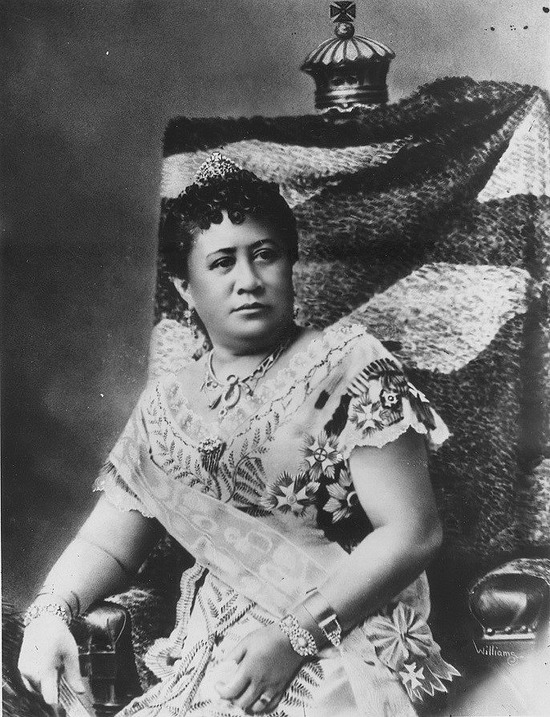
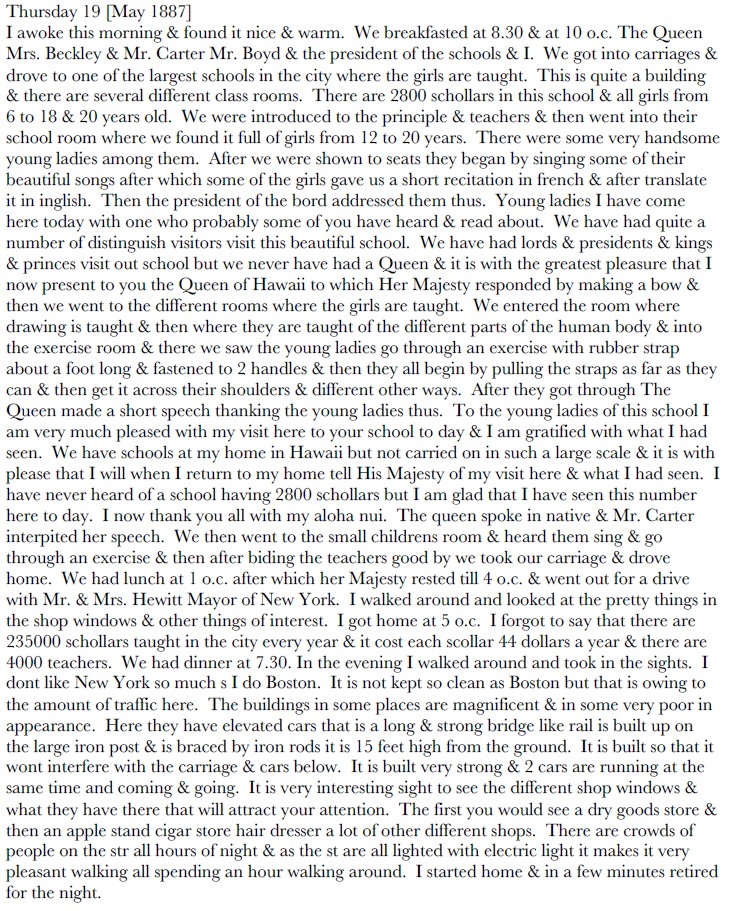
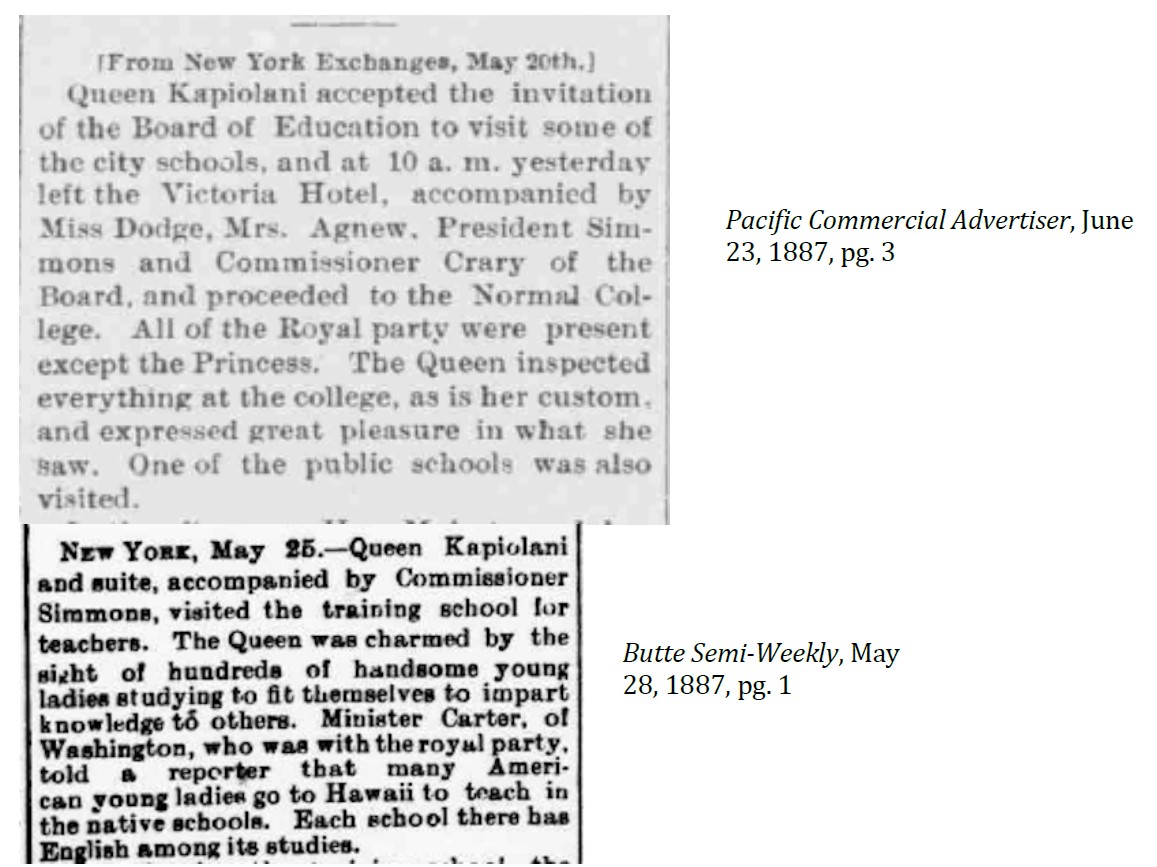
 Photo 1: View of the second floor of the Dag Hammarskjöld Library
Photo 1: View of the second floor of the Dag Hammarskjöld Library




